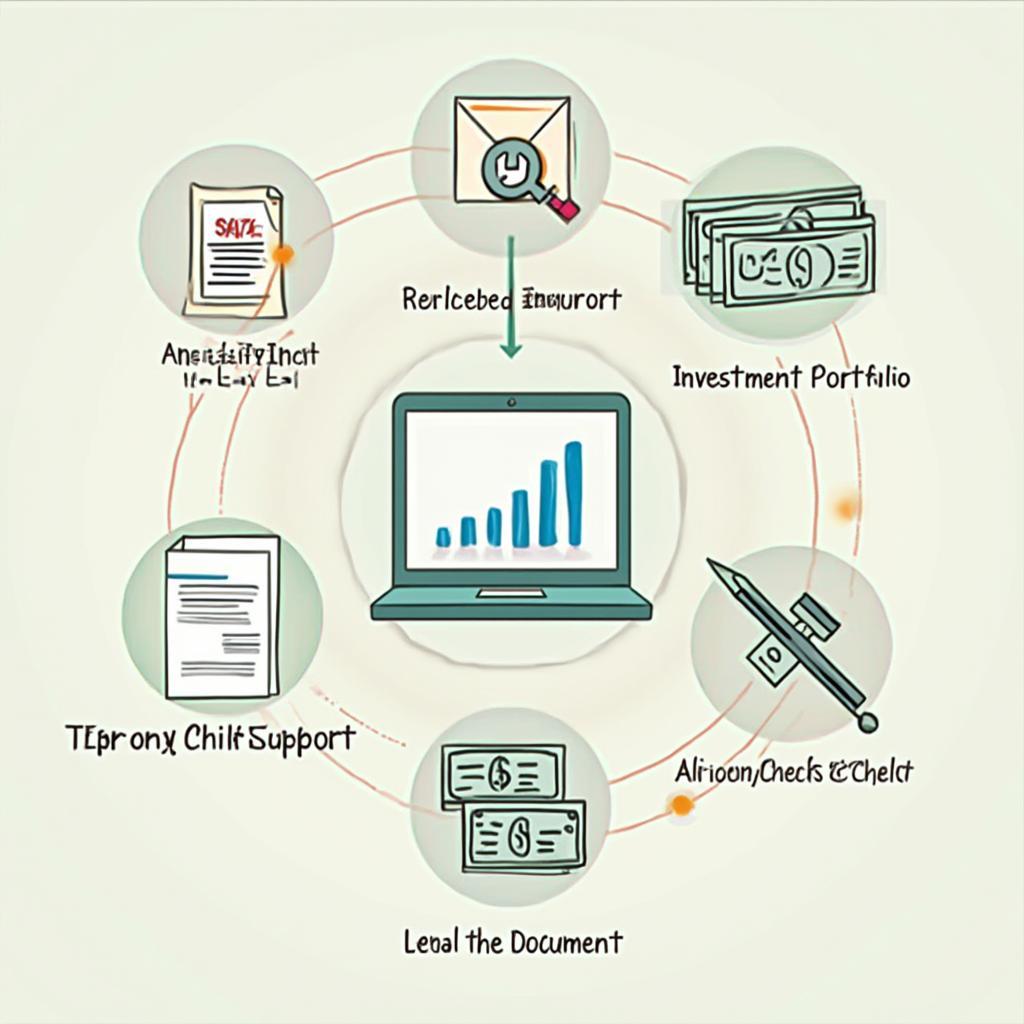Loans to Directors: Understanding the Tax Implications
Loans to directors can be a useful tool for managing company finances, but it’s crucial to understand the associated tax implications. This involves navigating various regulations and potential liabilities for both the director and the company. Getting it wrong can result in unexpected tax bills and penalties, so careful planning and adherence to HMRC guidelines are essential.
Director Loan Accounts and Tax Implications
A director’s loan account (DLA) tracks transactions between a director and their company. It records any money the director owes the company or vice versa. Loans to directors from the company are common, often used for short-term funding or personal expenses. However, these loans create tax complexities that need to be addressed carefully.
Tax Implications for the Director
If a company lends money to a director, there are potential tax implications for the director. If the loan is over £10,000, the director will be liable to pay income tax on the benefit-in-kind, even if the loan is later repaid. This is treated as a notional salary payment.
-
Section 455 Tax: A loan outstanding for more than nine months after the end of the company’s accounting period triggers a Section 455 tax charge for the company. This is 33.75% of the loan amount and is effectively a temporary payment to HMRC. This tax is repaid to the company nine months after the end of the accounting period in which the loan is repaid.
-
Benefit-in-kind: As mentioned, loans exceeding £10,000 are considered a benefit-in-kind and are subject to income tax for the director. The interest rate used to calculate the benefit is set by HMRC and is currently relatively low.
Tax Implications for the Company
The primary tax implication for the company is the Section 455 tax, which acts as a temporary payment to HMRC. While the company can reclaim this tax when the loan is repaid, it still impacts cash flow.
-
Corporation Tax Relief on Interest: If the director pays interest on the loan, the company can claim corporation tax relief on this interest received. This can help offset the overall cost of the loan for the company.
-
Documentation and Record Keeping: Maintaining accurate records of all director loan transactions is crucial for compliance. This includes loan agreements, repayment schedules, and interest calculations.
Navigating the complexities of Loans to Directors
Understanding the tax implications is crucial for both the director and the company. Proper planning and documentation can minimize potential tax liabilities and ensure compliance with HMRC regulations.
Best Practices for Loans to Directors
-
Formal Loan Agreement: Always have a formal loan agreement in place outlining the loan amount, interest rate, repayment terms, and any other relevant conditions.
-
Regular Repayments: Establish a clear repayment schedule and stick to it. This not only helps manage the debt but also minimizes the risk of triggering Section 455 tax.
-
Seek Professional Advice: Consulting with a qualified accountant or tax advisor is highly recommended. They can provide tailored guidance based on your specific circumstances and ensure compliance.
“Loans to directors can be a valuable tool, but require careful planning. Ignoring the tax implications can lead to significant financial repercussions.” – Nguyen Thi Minh Anh, Senior Tax Advisor at Deloitte Vietnam.
Overcoming Common Challenges
-
Understanding the regulations: The rules surrounding loans to directors can be complex. Keeping up-to-date with changes in legislation is essential.
-
Documentation and administration: Maintaining proper records is crucial for compliance and can be time-consuming.
“Accurate record keeping is paramount for navigating the tax implications of director loans. This provides clarity and facilitates compliance.” – Tran Van Tuan, Partner at PwC Vietnam.
Conclusion
Loans to directors tax implications can be complex, but with careful planning and adherence to HMRC regulations, both the director and the company can minimize potential liabilities. Understanding the rules, maintaining accurate records, and seeking professional advice are key to effectively managing loans to directors.
FAQ
-
What is a director’s loan account?
A director’s loan account tracks all transactions between a director and their company. -
When does Section 455 tax apply?
Section 455 tax applies when a director’s loan remains outstanding for more than nine months after the end of the company’s accounting period. -
What is the current rate of Section 455 tax?
The current rate of Section 455 tax is 33.75%. -
Are there any tax implications for loans under £10,000?
Loans under £10,000 are generally not considered a benefit-in-kind and are not subject to income tax for the director. -
Can a company reclaim Section 455 tax?
Yes, the company can reclaim the Section 455 tax nine months after the end of the accounting period in which the loan is repaid. -
What are the benefits of having a formal loan agreement?
A formal loan agreement clarifies the terms of the loan, including the repayment schedule and interest rate, protecting both the director and the company. -
Why is it important to seek professional advice regarding loans to directors?
A qualified accountant or tax advisor can provide tailored guidance to ensure compliance with HMRC regulations and minimize potential tax liabilities.




